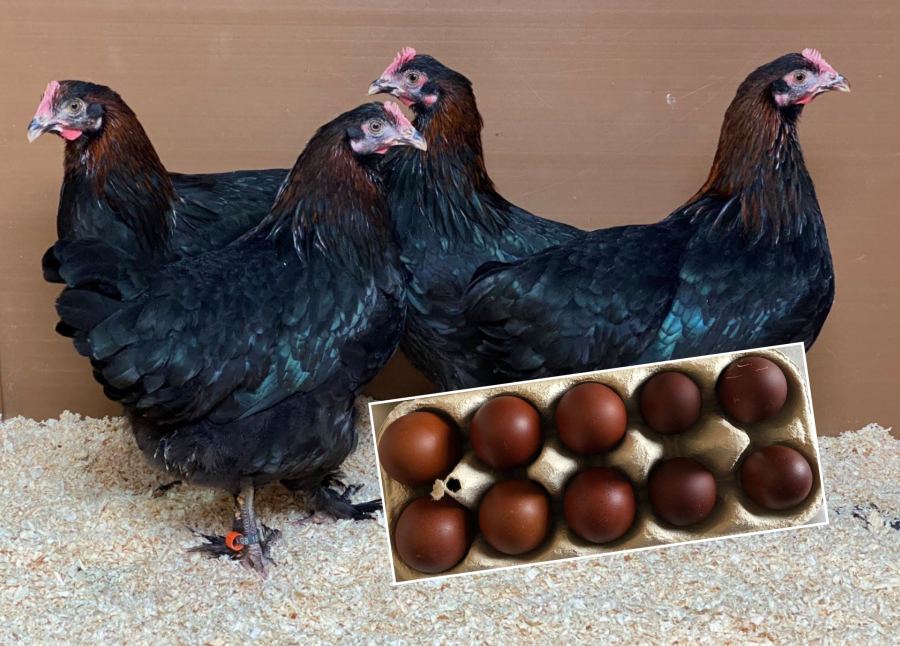In demand globally, Grant Brereton takes a look at the pure breed chickens that provide delightfully dark brown eggs…
Before the days of the rainbow egg basket craze, where poultry keepers offer blue/green, white, plum, tinted, medium and dark brown eggs in an eclectic mix, it was the latterly mentioned dark brown eggs that really won favour over lighter coloured eggs; particularly white ones.
A little research suggests that this preference goes back to the early 1900s, when English consumers would pay Dutch exporters ‘extra’ for large brown-shelled eggs. There is little doubting the attractiveness of brown eggs – particularly the darker ones, and you might be interested to learn that the colour is formed by the pigment protoporphyrin ix, which is a byproduct of haemoglobin, and deposited onto the outer surface of the shell.
It is fairly conclusive that there are no added nutritional or taste benefits to dark brown eggs, but we are always drawn to them. And looking at the available pure breeds that lay dark brown eggs, it seems that they all share a common ancestor – the Croad Langshan breed, which was first imported from China in the 1870s by a Major Croad, from Sussex. Interestingly, the breed credited with providing the brown egg laying genes (The Croad Langshan) is required by its own breed standard to lay a plum-coloured egg, which is somewhat ironic considering its monumental influence on the dark eggers of today.
DEVELOPING THE DARK BROWN EGG BREEDS
As far back as 1920s, the Cuckoo variety of Marans was being developed in the small town of Marans, northeast of the coastal city of La Rochelle. Hence its name. In 1929 some fertile hatching eggs were imported here by a Lord Greenway, after he saw several colour varieties of the Marans breed at the Paris show of the same year.
Interestingly, Cuckoo Marans don’t have feathered legs in the UK, but are required to have a sparse amount of leg feathering in their native France; as do all Marans varieties over there. However, recently imported ‘other varieties’ of Marans (circa 2000 onwards) are offi cially labelled as French Marans over here, to delineate the diff erences between the long-established, clean-legged British Cuckoo Marans and the slighter-built diff ering French varieties which, although needing more work to stabilise plumage colour in some cases, have a reputation for laying really dark eggs.
Marans as a breed were being developed in France as far back as the 1880s. Their feathered legs are no doubt a nod to their Langshan varieties over there. However, recently imported ‘other varieties’ of Marans (circa 2000 onwards) are officially labelled as French Marans over here, to delineate the differences between the long-established, clean-legged British Cuckoo Marans and the slighter-built differing French varieties which, although needing more work to stabilise plumage colour in some cases, have a reputation for laying really dark eggs.
Picture caption: Copper Black Marans and their own eggs, bred by Kevin Langley from Starbank Poultry
This article extract was taken from Practical Poultry, in the November edition of The Country Smallholder magazine. To read the article in full you can buy the issue here.
To receive regular copies of The Country Smallholder magazine featuring more articles like this, subscribe here.
For FREE updates from the world of smallholding, sign up for The Country Smallholder newsletter here.








